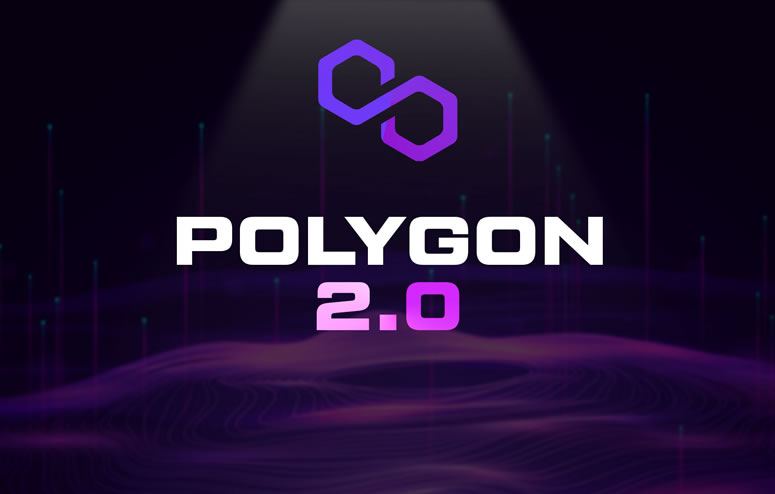Polygon 2.0 Architecture Will Include Aggregator Bridge
Polygon provides the architecture for 'Polygon 2.0,' including a layered layer. The majority of future systems will use zk proof to transfer assets between networks.

Polygon Labs, creator of the Polygon network, has proposed an architecture for future "Polygon 2.0" projects. The team suggested in a blog post June 29 that the new project should include four different "facilities" that will combine to create a network of networks that will eventually be connected to each other through Ethereum. If approved by sponsors, Polygon 2.0 will also feature aggregation that makes bridge transactions "near instantaneous and atomic," the team said.
1/ Today, we are excited to propose the Polygon 2.0 architecture, designed to provide unlimited scalability and unified liquidity, thus transforming Polygon into the Value Layer of the Internet!
— Polygon (Labs) (@0xPolygonLabs) June 29, 2023
Read the blog 👇🏽 or keep scrolling 🧵https://t.co/sShy6R1E6R pic.twitter.com/BTdwkri4nI
The team first announced Polygon 2.0 on June 12, saying that the new service will deliver "significant value" to the Internet. But details were scarce at the time. On June 20, co-founder Mihailo Bjelic offered to upgrade the existing Polygon network to use zero proof, which he said was necessary to bring the old network into line with the "vision" of 2.0.
The June 30 post will go into more detail about what Polygon 2.0 will be like. The basis of this project will be the existing "staking layer". This is the "support control" contract in Ethereum plus the "chain control" contract for each Polygon chain. In the future, a new Polygon chain can be created by starting a new chain management contract with Ethereum. Connecting to this important staking bridge will be "old interoperability" with a bridge connecting each Polygon chain to each other through Ethereum. This layer will be secured using zero proof to support all transfers.
The collaboration will include an aggregation that will combine each free proof from each bridge into a single proof before sending it to Ethereum. This will make transactions "transparent" and "significantly [reduce] Ethereum gas consumption for checking proofs," the group said. The third layer of Polygon 2.0 will be the current running layer, which is based on Erigon Ethereum market, and the fourth layer will be the "evidence" that organizes the free knowledge system. All the Polygon.
The team announced that more details on each layer will be provided at a later date. Polygon is not the only network trying to grow in the multi-channel ecosystem. zkSync Era has announced its intention to create a network of "Hyperchains", which it expects to launch in the testnet system by the end of the year. Hope is also trying to create a "superchain" in partnership with the Coinbase main network, and recently implemented its "Bedrock" upgrade to pave the way for this change.





